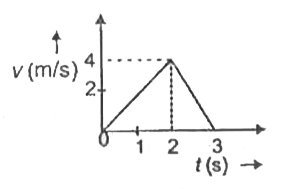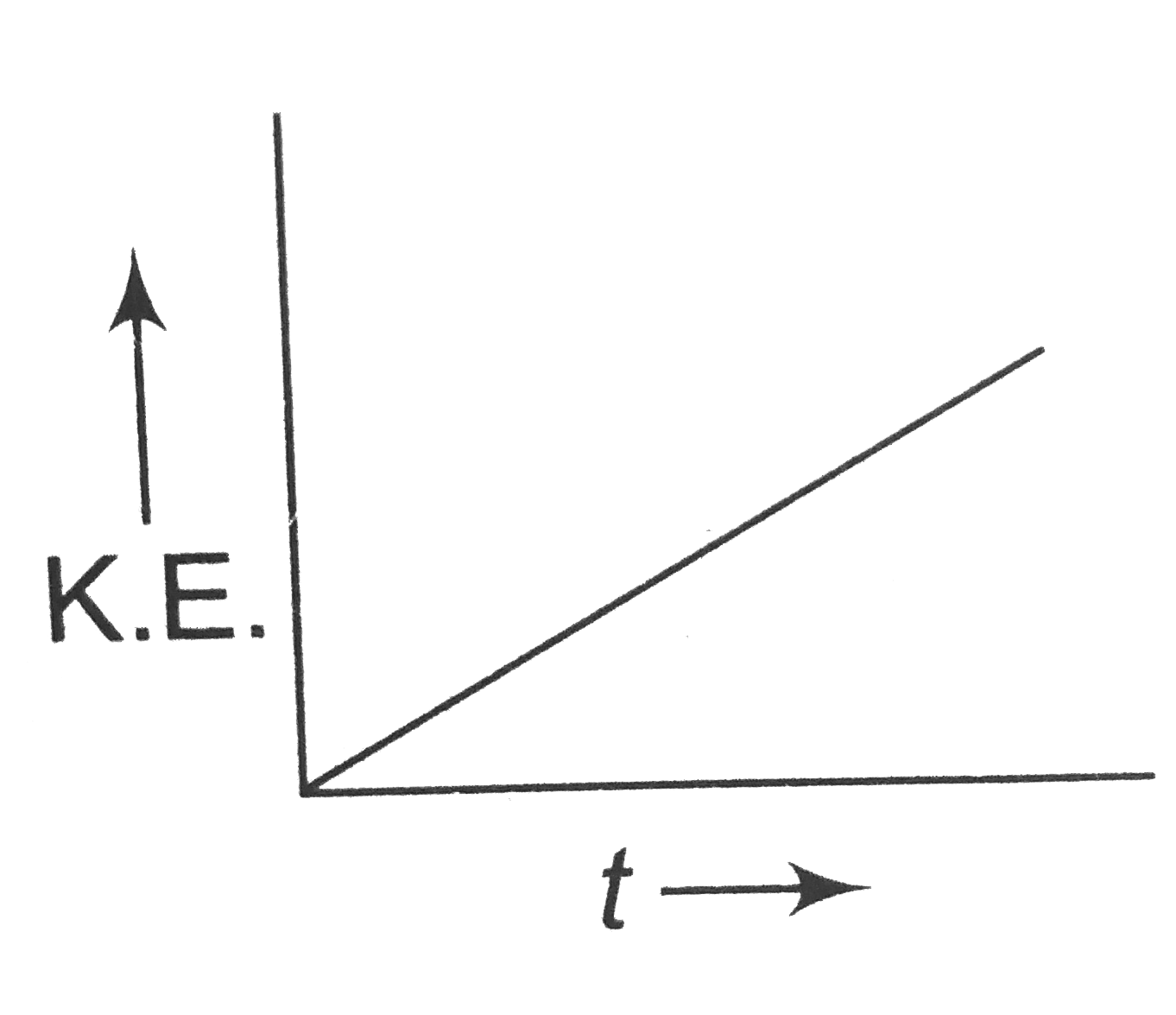(A):The position -time graph of a body may be a straight line parallel to time axis
(R ):It is possible that position of a body does not change with time.
The correct Answer is:A
To solve the question, we need to analyze the two statements provided:
Statement (A): The position-time graph of a body may be a straight line parallel to the time axis.
Statement (R): It is possible that the position of a body does not change with time.
1. Understanding the Position-Time Graph:
- A position-time graph represents the position of an object at various points in time. The x-axis typically represents time, while the y-axis represents position.
2. Analyzing Statement (A):
- If the position-time graph is a straight line parallel to the time axis, it indicates that the position of the body remains constant as time progresses. This means that for any value of time, the position does not change.
3. Understanding the Implication of a Horizontal Line:
- A horizontal line (straight line parallel to the time axis) implies that the object is not moving. Therefore, the velocity of the object is zero, as velocity is defined as the rate of change of position with respect to time.
4. Analyzing Statement (R):
- Statement (R) claims that it is possible for the position of a body to remain unchanged over time. This is indeed true, as an object can be at rest, meaning its position does not vary with time.
5. Conclusion:
- Both statements (A) and (R) are correct. Statement (A) describes a scenario (a horizontal position-time graph) that directly supports the assertion made in Statement (R) (that the position does not change with time).
Final Answer:
Both statements (A) and (R) are true.
---
Statement (R): It is possible that the position of a body does not change with time.
- A position-time graph represents the position of an object at various points in time. The x-axis typically represents time, while the y-axis represents position.
- If the position-time graph is a straight line parallel to the time axis, it indicates that the position of the body remains constant as time progresses. This means that for any value of time, the position does not change.
- A horizontal line (straight line parallel to the time axis) implies that the object is not moving. Therefore, the velocity of the object is zero, as velocity is defined as the rate of change of position with respect to time.
- Statement (R) claims that it is possible for the position of a body to remain unchanged over time. This is indeed true, as an object can be at rest, meaning its position does not vary with time.
- Both statements (A) and (R) are correct. Statement (A) describes a scenario (a horizontal position-time graph) that directly supports the assertion made in Statement (R) (that the position does not change with time).
Both statements (A) and (R) are true.
Similar Questions
Knowledge Check
Assertion : The position-time graph of a body moving uniformly is a straight line parallel to position-axis.
Reason : The slope of position-time graph in a uniform motion gives the velocity of an object.AIf both assertion and reason are trure and reason is the correct explanation of assertion.BIf both assertion and reason are true but reason is not the correct explanations of assertion.CIf assertion is true but reason is false.DIf both assertion and reason is falseThe velocity-time graph of a body in motion is a straight line inclined to the time axis. The correct statement is :
Avelocity is uniformBacceleration is uniformCboth velocity and acceleration are uniformDneither velocity nor acceleration is uniform.
The position-time graph of a moving particle is a straight line inclined with time axis and passing through origin, therefore
View SolutionThe x-t graph of an object is a straight line inclined to time-axis. What does this statement indicate ?
View SolutionThe velocity versus time graph of a body moving in a straight line is as shown in the figure below

View SolutionThe velocity time graph of a body is shown in fig. it indicates that :

View SolutionThe kinetic energy of a body moving along a straight line varies with time as shown in figure. The force acting on the body:

View Solution(A): Velocity-time graph for an object in uniform motion along a straight path is a straight line parallel to the time axis.
(R ):In uniform motion of an object velocity increases as the square of time elapsed.
View Solution
